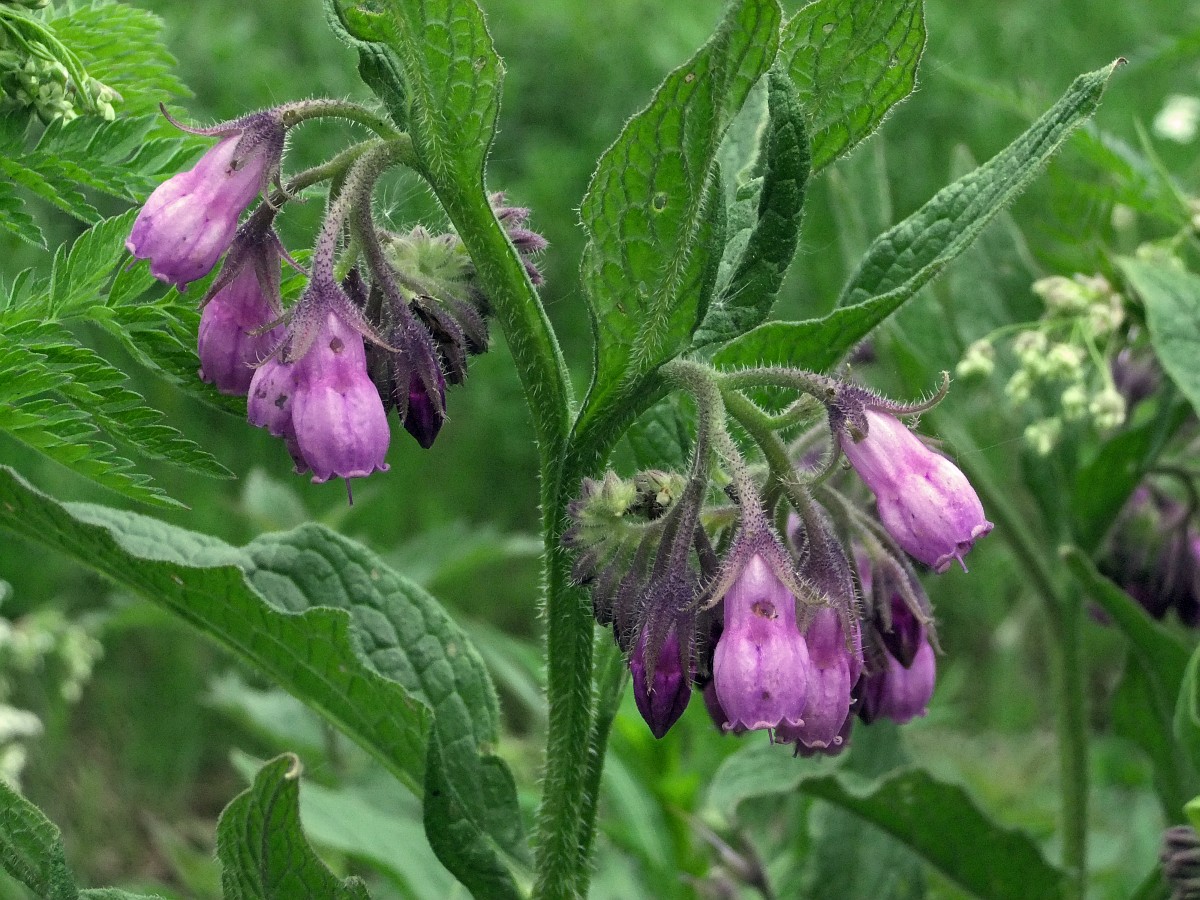

There are indeed examples of overt toxicity from plants that affect herbivores and ruminants, even chickens, but for the most part the quadrupeds and birds eat all kinds of stuff humans cannot. 2) animals are much better at metabolizing plant toxins than are humans. The answer is 2-part: 1) the liver toxic potential of comfrey in humans is overblown, but since the powers that be are so adamant about it, most herbalists recommend using the herb internally for short periods only or externally only in humans. This will keep the seed from maturing and dropping, and will quickly improve the soil and contribute to the formation of large, healthy and happy plants.Ģ0 seeds/pkt., Certified Organically Grown If you don’t want the plants to spread, then cut them back when they make flowers, and mulch the crowns with the leaves. You can also direct-seed into a fertile bed in the spring, as soon as the soil can be worked. Grow the seedlings out in pots for about 3 months, then transplant to the garden. A 30 day period of cold, moist refrigeration followed by planting in warm conditions will speed germination appreciably. Sown directly in warm soils, germination usually occurs within 30 days. Sow the seed just under the surface and tamp in securely.
#Comfrey symphytum officinale full
Comfrey prefers a full to part sun position with rich, moist, but well-drained soil. High in protein, the leaves make a good feed for chickens and pigs, may be added to the feed of all domestic animals, helping maintain good health and weight gain. Commonly employed as a companion plant to orchard trees and as an ingredient in compost tea and compost piles.

Source of allantoin, mucopolysaccharides and also potentially toxic pyrrolizidine alkaloids. Traditional usage (TWM): Cell proliferation, cuts, scrapes, deep injuries. There is a white/cream flowered type and a purple flowered type. (True Comfrey) (Symphytum officinalis) Herbaceous perennial native to Europe.


 0 kommentar(er)
0 kommentar(er)
